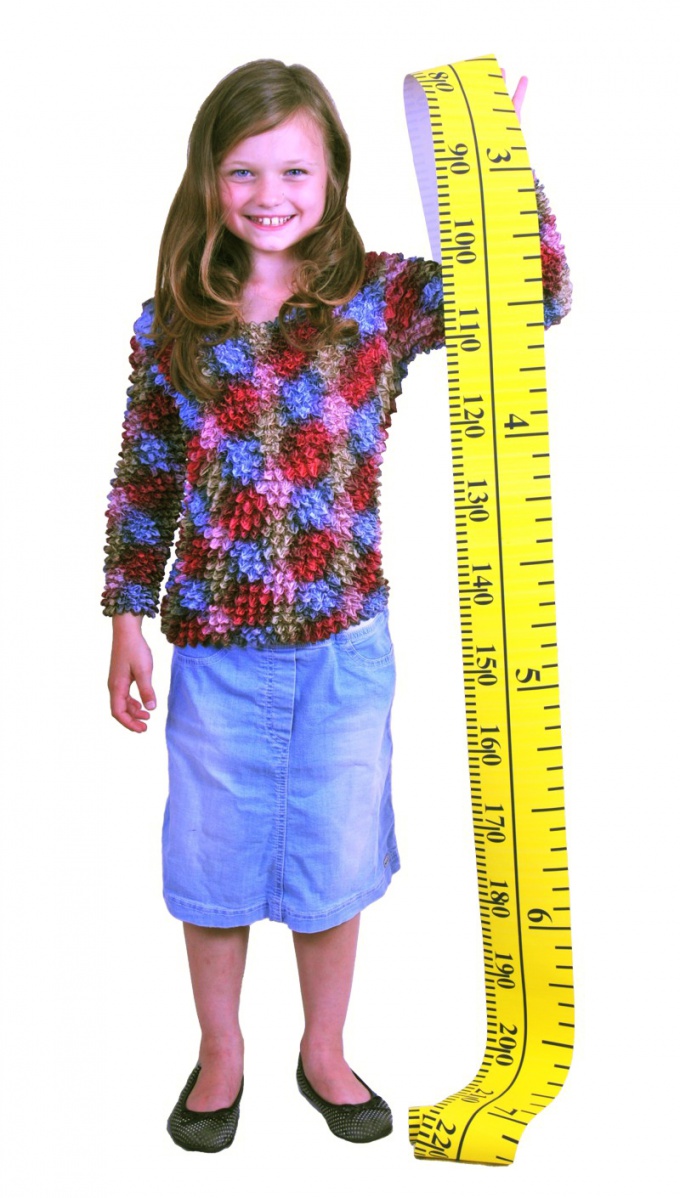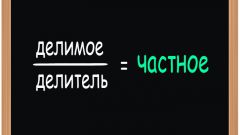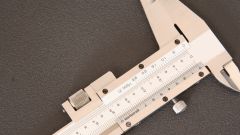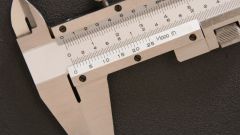Instruction
1
Grab a measuring device (for example,a school ruler), examine it carefully. You'll see division - some more, others less. Division can be of different colors, some of them signed. At a school meeting, for example, a signed first division - one centimeter.
2
Make a note the period before the first signed division. Count the number of small divisions in this segment (for example, at a school meeting in the interval, equal to one centimeter is ten small divisions and two additional dividing average value).
3
Determine the price of the smallest division. To do this, divide the signed value of the first division for a number of small divisions within this segment. At a school meeting, for example, one centimeter should be divided into ten divisions. Get one millimeter. So the price of a small division on the school line is equal to one millimeter.
4
Now define the price of minor tick marks, if they are on the measuring instrument. For example, at a school meeting, two additional division in one centimetre. Therefore, we need one centimeter divided into two division - will be five millimeters. So the price of a additional division on the ruler is millimeter.
Note
Don't forget that counting division signed division is also necessary to take into account.









